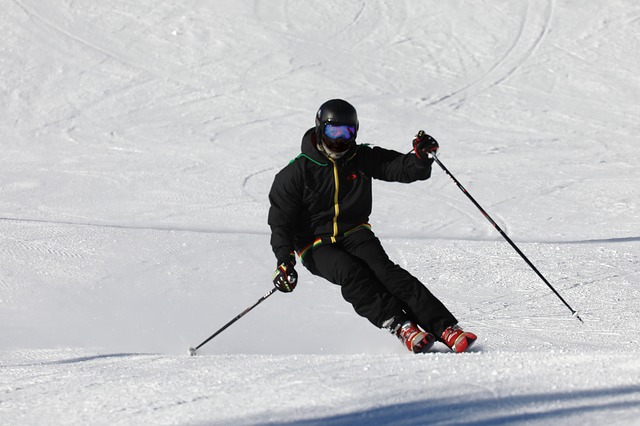
Understanding Thumb Injuries in Skiers
What is Skier’s Thumb?
Thumb injuries are quite common, especially among skiers.
Skiers’ thumb is an injury to the ulnar collateral ligament (UCL) of the thumb, often occurring when a skier falls and the thumb catches on the ski pole.
This ligament normally keeps the thumb from pointing too far away from the hand.
When it is injured, typical symptoms include:
- Pain
- Bruising
- Swelling over the torn ligament
- Weakness when grasping objects
Accurate diagnosis is essential for determining the appropriate treatment plan.
Treatment Options for Thumb Injuries
Treatment depends on the extent of the tear.
Partial Tear
To repair a partial tear, wearing a cast or modified splint for four to six weeks might be sufficient.
The cast helps immobilize the thumb, allowing the ligament to repair itself naturally.
Full Tear
For a full tear, especially where a person experiences significant instability, surgery may be needed to reattach the torn ends of the ligament.
The surgical procedure involves reattaching the torn ends of the ligament to restore stability and function to the thumb.
Usually, surgery performed within the first few weeks following the tear offers the best outcome.
Post-Surgery Care
After surgery, a cast can provide protection while the torn ligament heals.
This is an ideal time to see us to design a rehabilitative program. After your cast is removed, gentle motion can usually start.
Suggested exercises for skier’s thumb typically focus on:
- normalizing strength
- regaining flexibility
- enhancing coordination
- improving range of motion
By following the program, you can expect to return to skiing or playing sports approximately three to four months after surgery.
It is crucial that you avoid stressful postures or any direct forces during the rehabilitation phase to give the ligament enough time to properly heal.
Did you know you have Direct Access* to Physical Therapy? No referral, no problem!
Rehabilitation and Recovery
Timeline for Returning to Sports
By adhering to a well-structured rehabilitation program, you can usually expect to return to skiing or other sports approximately three to four months after surgery.
It’s essential to follow your rehabilitation program closely to ensure a full recovery.
Important Considerations
During the rehabilitation phase, it is crucial to avoid stressful postures or any direct forces that could jeopardize the healing process.
Giving the ligament enough time to heal properly is vital for a successful recovery.
Physical Therapy for Skier’s Thumb
Once you add physical therapy exercises to your treatment regimen, you can expect to get back into skiing and other sports soon.
Physical therapy can significantly enhance your strength, flexibility, coordination, and overall range of motion.
Our team at The Jackson Clinics can address your particular needs and help you achieve your goals.
The Jackson Clinics serves 18 locations throughout Northern Virginia.
Find one near you: https://thejacksonclinics.com/locations/










